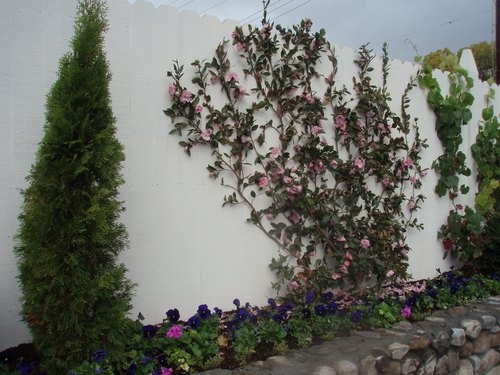A new year in the garden. I'm already starting to make journal entries for January. Not much to shout about in the weather department. We've had dry Decembers before but if January turns out to be the start of 6 weeks of Caribbean-like weather like last year we'll never catch up.
The weather affects how things grow as much as the soil that plants grow in. Remember the cool spring and summer we had while you waited for your tomatoes to ripen? I was just looking at the weather forecasts for 2010 that the Farmer's Almanac predicted. Last May when I first wrote about them they were way off for the first half of the year and at best were hit and miss for the latter half. October did bring rain for us as predicted but they hedged their bets for November calling for "bands of showers" off and on during the month. December for us brought lots of frost and a heavy wind storm. Although the frost was predicted by the Almanac, I didn't see any "light to moderate rainfall" in December. I put my trust in the satellite map, internet weather sites and my own common sense to judge when to start planting, pruning and transplanting for the season.
This year I'm going to start off right by noting on my calendar at the beginning of each month just what I need to do to ensure a happy, healthy garden.
Here are the tasks to do in the garden in January:
- Plan for spring. Bareroot fruit, nut, berry and ornamental season runs through the end of February. Don't miss this inexpensive way to add to your edible garden or your landscape.
- Cut back hydrangeas if you haven't already done so. Apply soil sulfur, aluminum sulfate or other acidifier if you want to encourage blue flowers. You must do this before they set flower buds or it won't help.
- Prune fruit, nut and shade trees and spray with horticultural oil, lime sulfur, liquid sulfur or copper dormant spray. You should get one more spraying in about Valentine's Day. This is actually the most important one as it's just before bud break. Don't use lime-sulfer on apricots, though.
- Cut back summer flowering deciduous shrubs and vines. Don't prune spring flowering varieties like lilac, flowering cherry, plum and crabapple, rhododendrons, azaleas, camellias, weigela and spirea until after flowering but you can cut some during flowering to bring in for bouquets.
- Control overgrown honeysuckle, potato vine, morning glory, trumpet creeper and pink jasmine by thinning now or even cutting back low to the ground if they are a big tangled mess.
- Prune roses towards the end of the month. I'll tell you how to do this later but it's not as hard as it sounds.
- Bait for slugs and snails
And here are the tasks you should not do in January:
- Don't cut back grasses yet if you get frost in the area where they grow.
- Wait to prune back perennials that may have their new foliage damaged in a late frost
- Wait until February to prune frost damaged shrubs if you can tell how far down the die back goes otherwise wait until growth starts in the spring.
- Wait to prune fuchsias and other perennials until February.
- Don't fertilize houseplants until March. Because they are resting at this time of year, they use little water. Don't overwater. Be sure they are dry before watering.
As always, if you have any questions, feel free to email me. I'd love to hear from you.

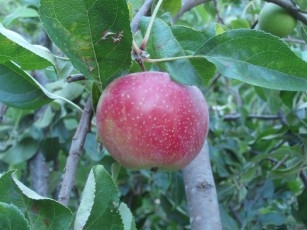
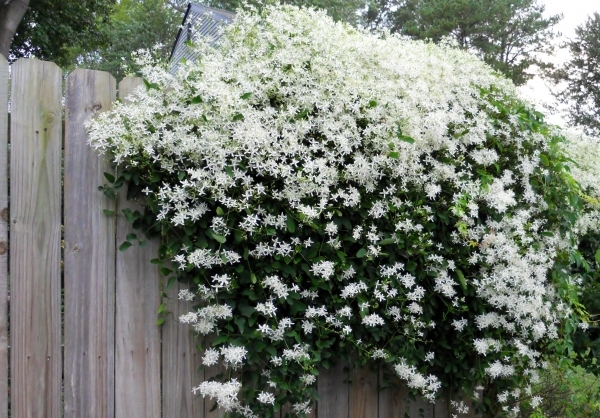 Sweet Autumn Clematis ( clematis terniflora ) and your worries are over. They are a gorgeous sight now covered in pure white, lightly fragrant flowers. Later in the fall the vine will become a silvery mass of fluffy seed heads. This small-flowered species looks impressive covering an upscale arbor or even embellishing a plain fence of garden shed. It blooms on new growth so you can easily keep it in check by cutting stems back to 12" in the spring. It will bloom well in partial shade, too.
Sweet Autumn Clematis ( clematis terniflora ) and your worries are over. They are a gorgeous sight now covered in pure white, lightly fragrant flowers. Later in the fall the vine will become a silvery mass of fluffy seed heads. This small-flowered species looks impressive covering an upscale arbor or even embellishing a plain fence of garden shed. It blooms on new growth so you can easily keep it in check by cutting stems back to 12" in the spring. It will bloom well in partial shade, too. 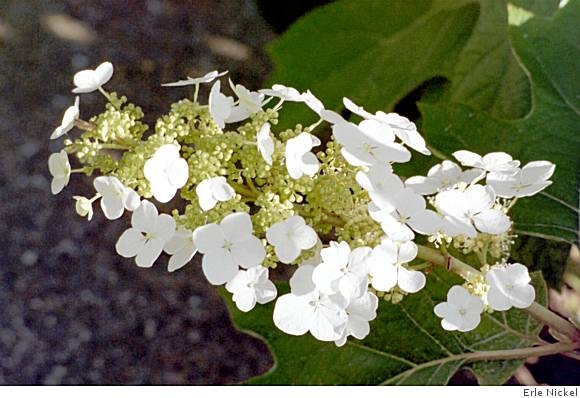 eir huge, whitish-pink conical flowers turn a papery soft tan color. In later autumn, the leaves will take on striking shades of crimson and bronze-purple, and through winter the dry flowers persist above the branches lined with exfoliating copper-brown, cinnamon and tan bark. Oakleaf hydrangeas are fast growing and accept full sun or partial shade in rich evenly moist soil. They’re real lookers in the garden.
eir huge, whitish-pink conical flowers turn a papery soft tan color. In later autumn, the leaves will take on striking shades of crimson and bronze-purple, and through winter the dry flowers persist above the branches lined with exfoliating copper-brown, cinnamon and tan bark. Oakleaf hydrangeas are fast growing and accept full sun or partial shade in rich evenly moist soil. They’re real lookers in the garden. 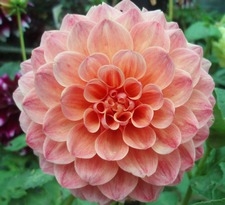
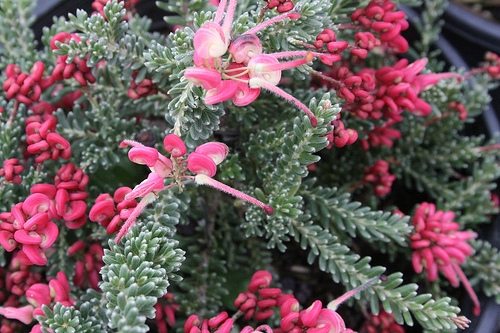
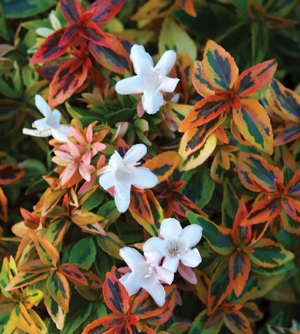 Kaleidescope abelia
Kaleidescope abelia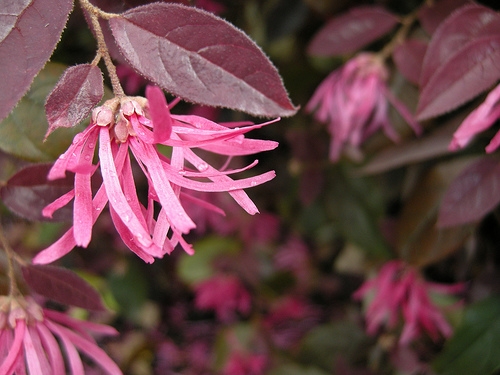 Raspberry flower clusters are heaviest in the spring but some bloom is likely throughout the year. I place this plant in the foreground where you can appreciate it’s graceful shape-looks great as an accent or in a raised bed. The burgundy color can add color to a woodland garden and it even does well in a container on the patio. You can prune it to any size but please don’t turn it into a tight ball and ruin it’s shape. Another plus is that it is not attractive to deer.
Raspberry flower clusters are heaviest in the spring but some bloom is likely throughout the year. I place this plant in the foreground where you can appreciate it’s graceful shape-looks great as an accent or in a raised bed. The burgundy color can add color to a woodland garden and it even does well in a container on the patio. You can prune it to any size but please don’t turn it into a tight ball and ruin it’s shape. Another plus is that it is not attractive to deer. 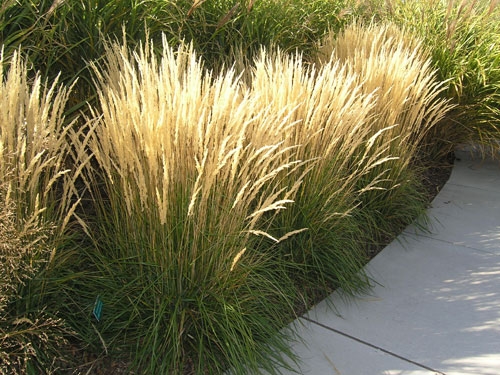 Karl Foerster feather reed grass adds a vertical element to your summer and fall garden. It provides wonderful contrast among low shrubs and perennials. Named after the famous landscape architect and photographer with a love for all aspects of perennial plants, Karl Foerster lived in Germany from 1874 to 1970. This grass won the 2001 Perennial Plant of the Year and although it’s not new on the market it’s an easy to grow ornamental grass that won’t overpower your space.
Karl Foerster feather reed grass adds a vertical element to your summer and fall garden. It provides wonderful contrast among low shrubs and perennials. Named after the famous landscape architect and photographer with a love for all aspects of perennial plants, Karl Foerster lived in Germany from 1874 to 1970. This grass won the 2001 Perennial Plant of the Year and although it’s not new on the market it’s an easy to grow ornamental grass that won’t overpower your space. 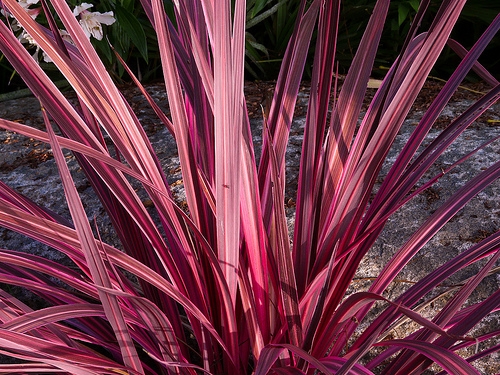
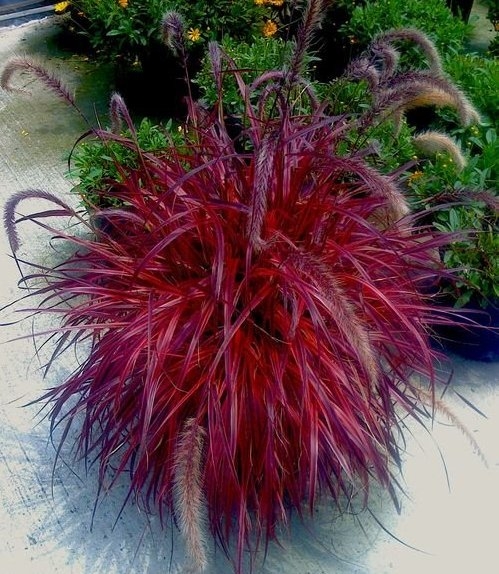 Pennisetum Fireworks
Pennisetum Fireworks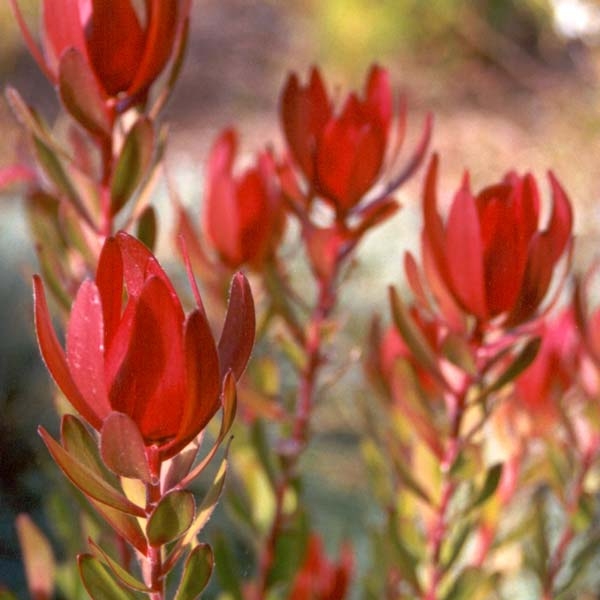 pular Leaucadendron available. It’s a vigorous, erect grower to over 8 feet tall and tough enough to handle frost and clay soils. The flower is actually an insignificant cone surrounded by large colorful bracts which are excellent for cut foliage harvesting.
pular Leaucadendron available. It’s a vigorous, erect grower to over 8 feet tall and tough enough to handle frost and clay soils. The flower is actually an insignificant cone surrounded by large colorful bracts which are excellent for cut foliage harvesting. 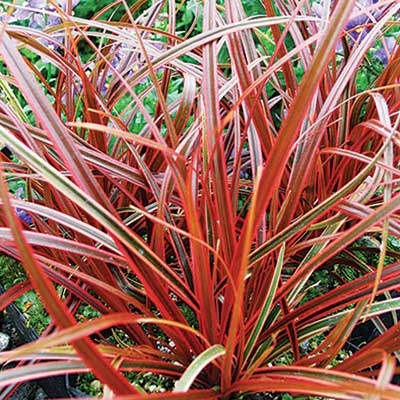
 Euphorbia Diamond Frost blooms continuously with clouds of white flowers that float above finely textured apple-green foliage. This delicate looking perennial may be small in stature, reaching 12-18 " tall and wide, but is easy to grow and surprisingly tolerant of drought and heat. Combine this airy plant with bright colors for a dazzling border.
Euphorbia Diamond Frost blooms continuously with clouds of white flowers that float above finely textured apple-green foliage. This delicate looking perennial may be small in stature, reaching 12-18 " tall and wide, but is easy to grow and surprisingly tolerant of drought and heat. Combine this airy plant with bright colors for a dazzling border.  occasional to regular irrigation. This strong color combination of green and pink doesn’t revert to the parent plants coloring. It’s hardy to 15-20 degrees. You might find this plant also listed as Jubilee.
occasional to regular irrigation. This strong color combination of green and pink doesn’t revert to the parent plants coloring. It’s hardy to 15-20 degrees. You might find this plant also listed as Jubilee. 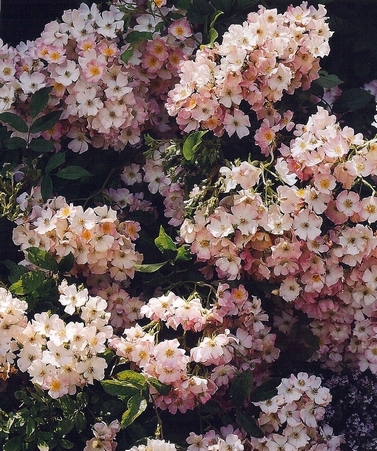 s and smother overwintering eggs and insects by spraying with horticultural oil. Combine your spray with lime-sulfur ( except on apricot trees ) to kill fungal disease spores like the ones that cause peach-leaf curl. has also been shown to supress fungal diseases.You’ll want to do this again when the buds swell but before they open ( about Valentine’s Day )
s and smother overwintering eggs and insects by spraying with horticultural oil. Combine your spray with lime-sulfur ( except on apricot trees ) to kill fungal disease spores like the ones that cause peach-leaf curl. has also been shown to supress fungal diseases.You’ll want to do this again when the buds swell but before they open ( about Valentine’s Day ) 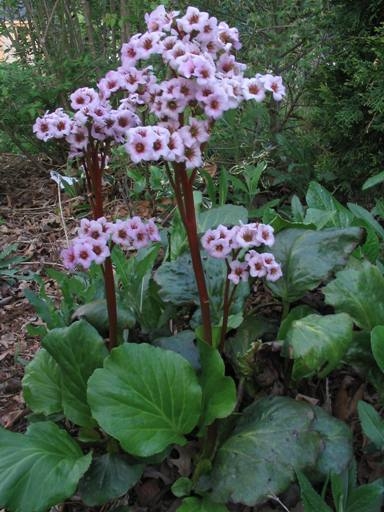 and which aren’t. Be realistic about plants that don’t suit the conditions you have to offer. Replace them with plants that have proven themselves adaptable and well suited to your own garden. Thoughtful editing and repetition are the key to a successful garden. Such self-sufficient plants require far less work, water, fertilizer and pruning.
and which aren’t. Be realistic about plants that don’t suit the conditions you have to offer. Replace them with plants that have proven themselves adaptable and well suited to your own garden. Thoughtful editing and repetition are the key to a successful garden. Such self-sufficient plants require far less work, water, fertilizer and pruning.